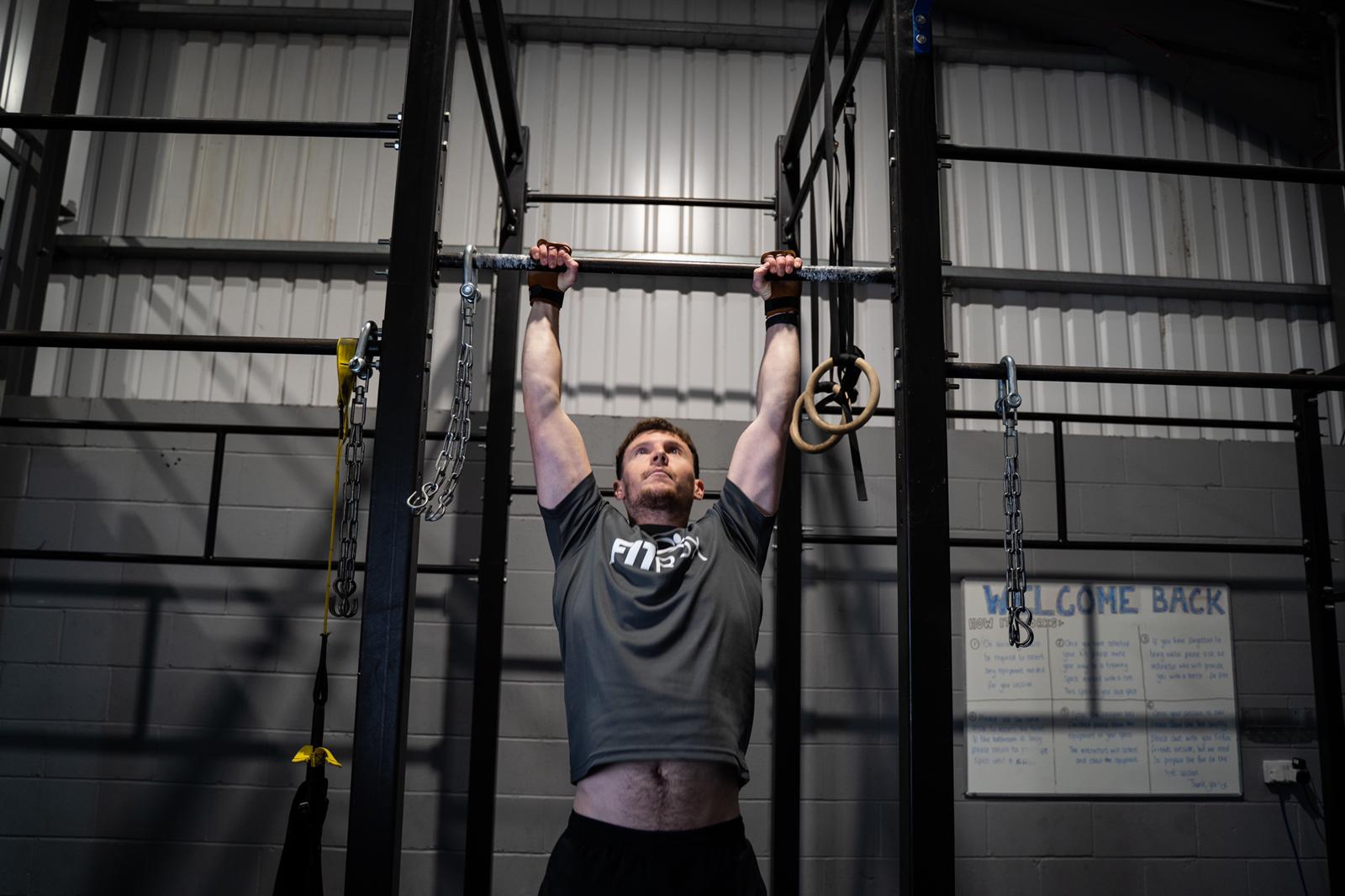
13 Dec Gym based training
At the start of the second lockdown in November I wrote an article about how to get the most out of your training at home. Now that the gyms are open again, I will focus on how you can optimise your training sessions back in the gym. So whether you’ve been training for years and are looking to take it to the next level or just starting out, hopefully this will help you!
Firstly, principles stay the same. Whenever we train we always want to train the body through certain movement patterns; in my ‘Training at Home’ blog I wrote out a basic 2-day split. You can still use this split now you’re back in the gym as it incorporates all natural body movements and targets all major muscle groups, the only thing we need to change is the rep range.
The rep range that we decide to use is based upon our goal; Strength & Power = 1-5 reps, Hypertrophy = 6-12 reps (I also recommend this rep range when dieting to maintain muscle mass), and Endurance = 13-20+ reps. So our 2-day training split could look like this:
Day 1
1. 3×8-12 Squat
2. 3×8-12 Horizontal Push
3. 3×8-12 Hip Hinge
4. 3×8-12 Vertical Pull
5.3×30 secs Core
6a. Accessory (Bicep/Tricep/Delt)
6b. Accessory (Bicep/Tricep/Delt)
Day 2
1. 3×8-12 Bridge
2. 3×8-12 Vertical Push
3. 3×8-12 Lunge
4. 3×8-12 Horizontal Pull
5. 3×30 secs Core
6a. Accessory (Quad/Ham/Glute)
6b. Accessory (Quad/Ham/Glute)
A question I have been asked many times over my years as a Personal Trainer is ‘how much weight should I use?’. There are a few different ways that you could go about this:
First, you could constantly work to failure. By this I mean, doing as much weight as you can, for as many sets and reps as you can, until you can’t do anymore! This can bring about good results, and quickly, but to train to failure every session is unsustainable and carries a high risk of injury with it.
Secondly, you could get very scientific and use percentages. Research says that Strength & Power = 85-100% 1RM, Hypertrophy = 70-85% 1RM, and Endurance = 60=70% 1RM. The problem with using percentages is that they are based on a percentage of your 1 Rep Max (1RM) and unless you have done this in the past, I don’t recommend trying without proper protocols and guidance.
My recommendation would be to use Reps in Reserve (RIR). RIR is the technique of choosing a weight that you can perform all your reps with but be able to perform another good rep. For example, if I was performing 10 reps of Bench Press with 2RIR I want to use a weight that I could perform 12 reps with. I believe RIR is a great method to use; for one it can be easily progressed over the course of a training programme: Week 1 = 3RIR, Week 2 = 2RIR, Week 3 = 1RIR etc. and is personal to everyone. Even though we would be using different weights, due to different levels of strength, if we were both performing Bench Press at 2RIR we would still be working at the same intensity.
In terms of making our training harder we can utilise the same methods as when we are at home. Use full body sessions to increase frequency of training, increase number of exercises per session, and increase the number of sets and reps, all to increase training volume. Use slow eccentrics, concentrics and pauses to increase time under tension. Decrease RIR to increase intensity. Use shorter rest periods to increase fatigue and use unilateral (single arm/leg) exercises to increase difficulty.
My final piece of advice, which is applicable for training anytime and anywhere is to track your progress! The only way we bring about change is to ensure that our body is worked harder than it is used to. To ensure this we need to make sure that we are tracking what we are doing so that we don’t end up doing the same number of reps, the same number of sets, using the same weight otherwise our body would never change! Use a book to log your workouts so that you know what you have done in previous training sessions and can change things to make sure you are making progress.
Please fill out the enquiry form if you need any more help!


